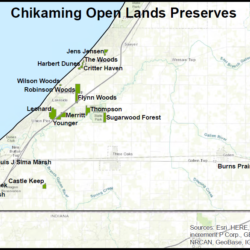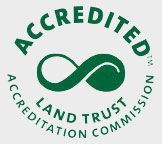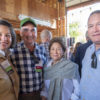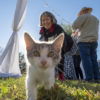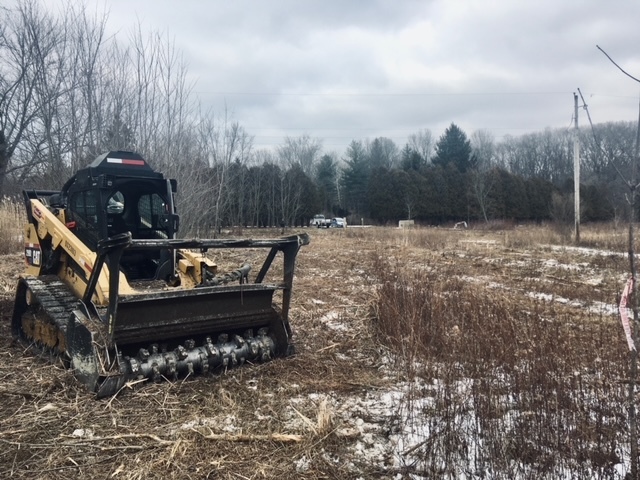
Things are happening at the Chris Thompson Memorial Preserve!
Posted on February 5, 2021
It may be cold and snowy, but that doesn't mean our land restoration efforts go into hibernation! In fact, during the past two weeks, we've been working hard on the very first phases of our plan to restore the large open field area that makes up the majority of the Chris Thompson Memorial Preserve.
If you've walked the preserve in the last week, you've probably noticed that the field has been largely mowed down. You might be thinking, "What the heck? It looks all ugly and scrubby now!" Well, we can't disagree that it looks less than fabulous at the moment, but it's all part of a larger restoration process that will ultimately result in a beautiful restored prairie and woodland.
The large open area on the northern part of the preserve is actually an old agricultural field, abandoned in 2007. Since then, it has grown up in a mix of native and invasive plants. Prominent among the non-native varieties are autumn olive, purple loosestrife, and reed canary grass-- all very aggressive plants that can quickly take over and destroy native habitat, throwing the natural ecosystem out of whack. Mowing that stuff down is an effective and efficient way to remove those invasives, particularly the woody, tree-like autumn olive plant. Upcoming phases of invasive plant removal include a prescribed (controlled) burn, which we hope to do in the spring.
The larger plan for the preserve is to restore the field to three distinct habitat types based in part on the natural succession already taking place. The northern section of the field has fewer trees and will be restored to a native prairie, full of native grasses and colorful flowers in the summertime (for a preview of what that might look like, take some time next summer to check out Burns Prairie Preserve, which is several years into the restoration process!). The southern segment, which has quite a few trees growing already, will be restored to a forest, and the transition zone between these two habitats will be restored to a relatively sparsely forested savanna.
These restoration efforts will lead to a greater diversity of native plants that will support a vibrant population of wildlife, including pollinators, birds, and mammals. Trails will wind through each of these habitats so hikers can enjoy all the colors on display throughout the seasons.
We'll keep you apprised as we continue the restoration process. STAY TUNED!

